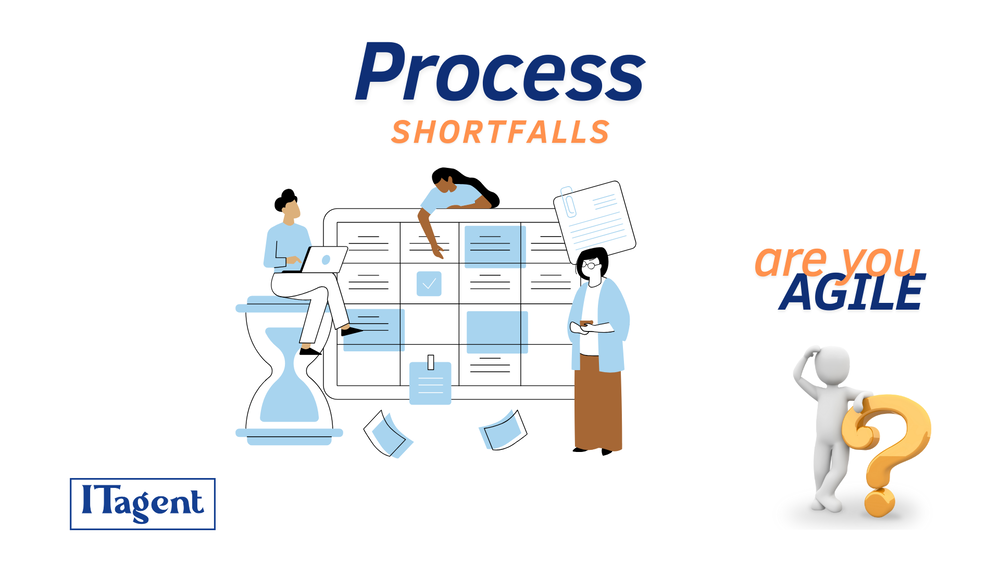As teams evolve and increase their speed, tension can arise between product management, protecting Scrum values, and company management wanting quicker delivery. Some developers find Scrum rituals like Planning Poker or lengthy retrospectives slow things down.
Here’s how to maintain Scrum’s principles while improving efficiency:
Streamlining Estimations
For experienced teams, replacing Planning Poker with faster methods like T-shirt sizing or bucket sizing speeds up task estimations while maintaining accuracy, helping developers return to work quickly.
Digital and Asynchronous Retrospectives
Manual retrospectives can be streamlined by gathering feedback asynchronously using tools like Trello or Jira. This reduces live meeting time and focuses discussions on actionable outcomes, making continuous improvement faster and more efficient.
Timeboxing Meetings
Timeboxing Scrum events like retrospectives can ensure focused, concise conversations. Limit the discussion to one or two themes to maintain productivity without sacrificing important insights.
Shortening Daily Scrums
Long daily stand-ups can hinder momentum. Focus on blockers and key updates, and aim for a 15-minute meeting. This keeps teams aligned while respecting their time.
Adopting Hybrid Agile Frameworks
Some teams find success by blending Scrum with Kanban or Lean methodologies. Keeping the key Scrum events while introducing a continuous flow system for task management can increase flexibility without disrupting the structure.
Showcasing Velocity
If the team’s velocity is improving and sprint goals are consistently met, use these metrics to show company management that Scrum is working, even with adjustments. This helps justify the importance of Scrum events while streamlining them.
Testing Adjustments
If there’s hesitation, try a trial period of adjustments, such as shorter meetings or alternative estimation techniques, and then evaluate their impact. This gives the team a chance to experiment without fully committing to a change.
Flexibility with Core Values
Scrum is built on adaptability. Adjustments like faster estimation methods or digitized retrospectives can enhance team speed without losing Scrum values like commitment, focus, and openness. Reassure company management that the core principles are still upheld, even as the team works more efficiently.
As teams grow, processes need to adapt. Scrum isn’t rigid—it’s a flexible framework designed to evolve with the team’s pace. By embracing changes like timeboxing meetings or digitizing retrospectives, you can maintain Scrum’s integrity while increasing productivity.
Have you faced similar challenges in balancing Scrum with speed? How have you adapted?
#AgileDevelopment #ProductManagement #CompanyManagement #Scrum #TeamEfficiency #AgileTransformation #SoftwareDevelopment #Leadership #ScrumValues

